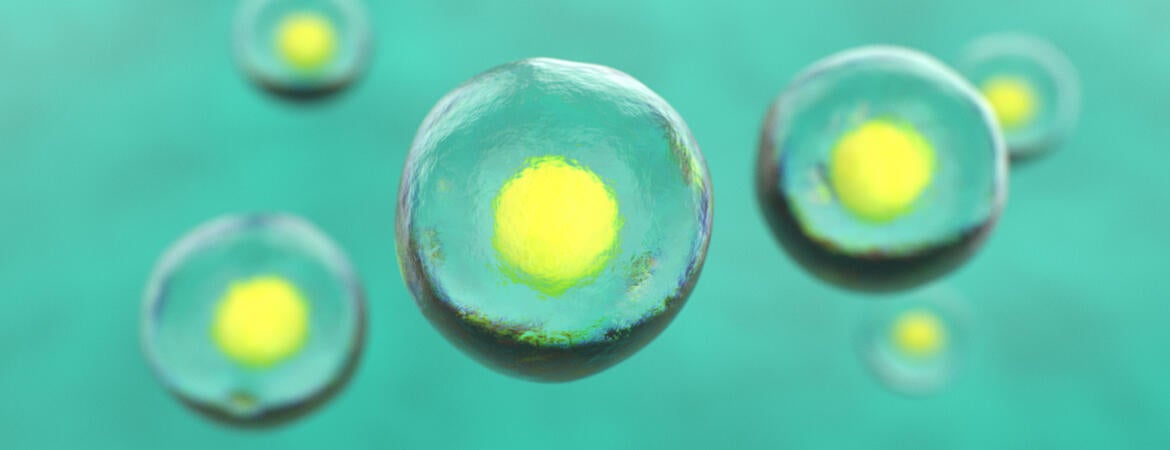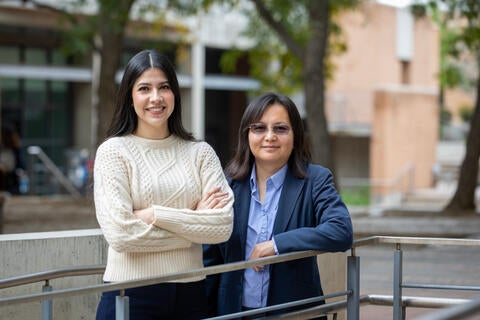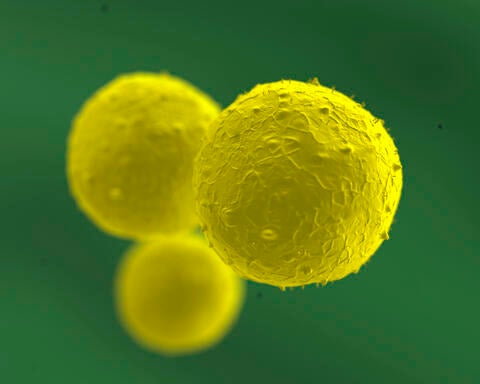
A new UC Riverside training program will help undergraduates transition into regenerative medicine careers, infusing the Inland Empire wraith expertise in cutting-edge trauma and disease treatments.
The Research Training and Mentorship Program to Inspire Diverse Undergraduates toward Regenerative Medicine Careers, or RAMP, has received $2.9 million to work with multiple groups of students over the next five years. The grant comes from the California Institute for Regenerative Medicine, the state’s stem cell agency.
The overall goal of the program is to develop therapies for cells and tissues damaged by injury, trauma, or disease, including brain cells. Laboratory work will include tissue engineering but also research into techniques where the body uses its own biological systems, sometimes with help of engineered materials to rebuild tissues and organs.
UCR already had parts of a stem-cell career training pipeline in place. The university hosts STRIDE, a program offering local high school students opportunities to participate in laboratory research projects. In addition, the TRANSCEND program, directed by UCR molecular biology professor Prue Talbot, helps increase the number and diversity of Ph.D. and postdoctoral scientists trained in stem cell biology.
“The missing link was undergraduates,” said Huinan Hannah Liu, UCR bioengineering professor and RAMP principal investigator. “RAMP is a linker molecule between those two programs.”
Interested undergrads are encouraged to apply.
Liu got involved with the program because her laboratory works on ways to improve cellular nutrient delivery and waste transport. “A lot of metabolic waste in a cell impedes regeneration,” Liu said. “Nothing thrives in an environment full of waste.”
Her focus mirrors the first of three sub-specialties from which RAMP students will be able to choose. Faculty from UCR’s Marlan and Rosemary Bourns College of Engineering will work with students to engineer materials that serve as scaffolds for growing cells and tissues.
Students can also choose to work with faculty from the College of Natural and Agricultural Sciences, who have expertise in cell biology. “They understand the biological mechanisms behind tissue development, and the pathology of different disease stages,” Liu said. “Their collaboration with engineering faculty will be critical.”
Faculty from UCR’s School of Medicine will also work with students on ways to differentiate stem cells toward various cell types, and research the mechanisms of how cells and tissues function in the body. “They can determine, for example, whether the body will accept an engineered cell,” Liu said.
Moving forward, Liu is hopeful that RAMP will attract more clinical faculty, who can help do studies to test whether engineered materials, cells and tissues are safe before translating the work to human subjects.
Another key component of the program will be reaching out to patients and local communities to make them aware of new treatment options available to them. “As they see the need in our area, I’m hopeful these students will remain long term and help heal our diverse, underserved Inland Empire communities,” Liu said.
(Cover image: stem cells: luismmolina/iStock/Getty)





